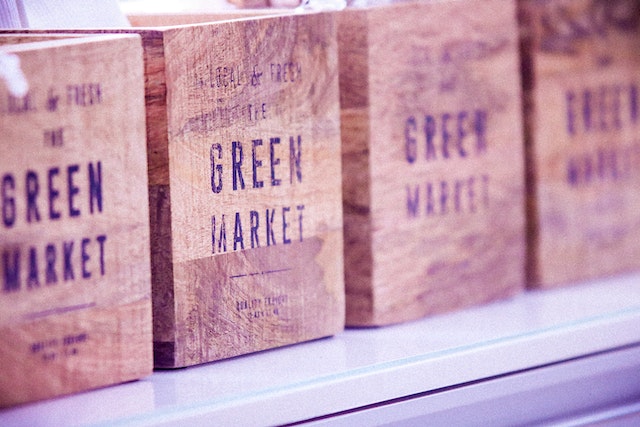It’s critical to safeguard your concepts, company name, logo, discoveries, and other work products that provide your business a competitive edge. Other businesses or people are probably infringing on your intellectual property and profiting from it in today’s market. And that’s why it’s so important to trademark your food product and/or business name. A trademark’s goal is to identify a product’s source or origin and prevent confusion. This protects firms from losing sales and helps customers avoid purchasing items they didn’t intend to buy.
What Is a Trademark?
The purpose of a trademark is to identify your company to potential customers. It can be a word, name, symbol, design or any combination that distinguishes you from others. For example, the trademarked product name “Cheese-It” cannot be used by anyone else. Similarly, Kellogg’s logo is trademarked, so only they can use it. Consequently, this helps consumers identify Kellogg’s products and distinguish them from others on shelves.
Many believe they can trademark their recipes or formulations, but that is not the case. The name on your energy drink (and its logo or design) is protected by your trademark, not the recipe. Luckily, you can defend your recipe by other means through trade secrets.
3 Steps to Trademark a Food Product or Business Name
Step 1: Choose a Name for Your Company or Product
The first stage in the trademark procedure is to choose a name. Trademarks do not cover common or descriptive terms. As a result, you’ll need to create something original. The term “cheese crackers” cannot be trademarked because it is generic and does not relate to your company’s brand. You will need an original name to register a trademark for your crackers (or company).
It is also important to ensure you don’t use too descriptive a name for your business or product. It is not possible to trademark the name “Cracker Baking Company”. One of the strongest trademarks (i.e., the one with the most legal protection) forms a brand-new word or phrase (like “Exxon” or “Xerox”).
Step 2: Conduct a Trademark Search
After you choose a name, look into whether or not it’s already being used for similar items as either a brand or product name. To do this, find out if your proposed mark is breaking any trademark laws by doing a comprehensive trademark search.
If you are applying for a trademark, it is important to look at the things that USPTO examiners will take into account, including identical spellings, variations in the spelling, names that sound similar, potential logo or color scheme confusion for the same product types, or anything else that might confuse customers.
Step 3: Fill Out the Trademark Application
When the name is finalized, a trademark application needs to be filed. In the application, you must accurately describe the types of products (or businesses). The USPTO has a specific classification system that, if not followed, they’ll either send it back or reject the application entirely. In addition to the standard 34 classes, there are also 3 food product categories.
Choosing the right category for your application should be done with the help of an attorney to avoid any potential delays. If your trademark contains images or symbols, or if the name is written in stylized writing or contains specific colors, you’ll also need to provide a trademark sample.
Final Words
The best way to protect your business is by trademarking your company name and logo. By doing so, you’ll be able to use these branding elements exclusively, and other businesses won’t be able to use them. If you want to trademark a food product or business name, follow the 3 steps mentioned above.
Need help with other aspects of your food business? Click here to request a free consultation with the greater goods today!
